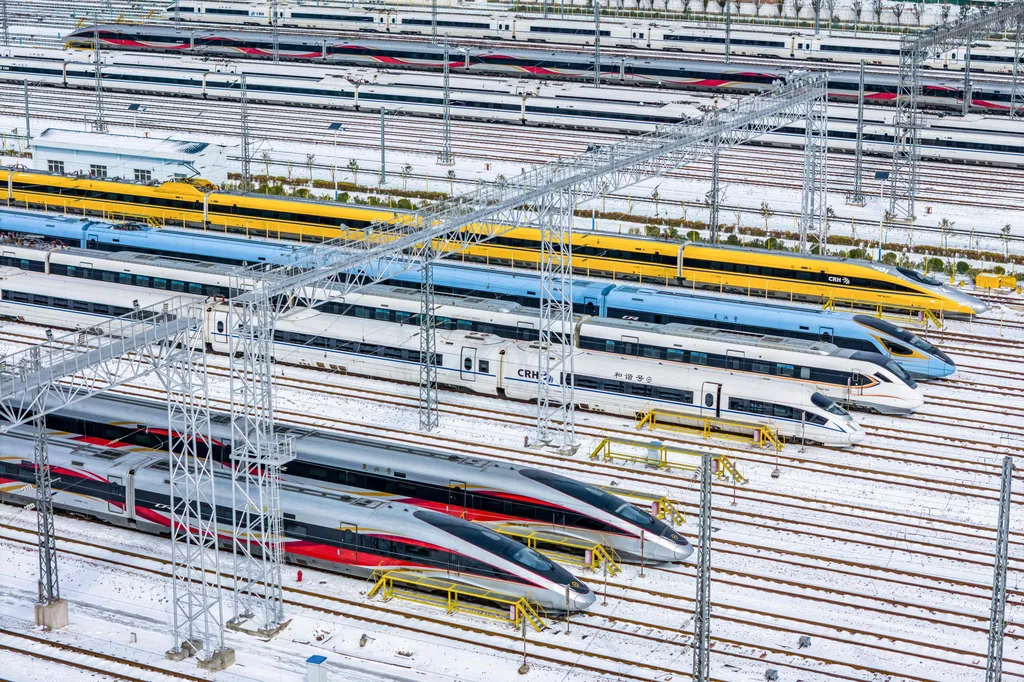In the relentless pursuit of advancing materials science and manufacturing processes, a team of researchers from the University of Science and Technology Beijing, Jiangsu Wujin Stainless Steel Pipe Group Co., Ltd., and Yongxing Special Materials Technology Co., Ltd. have made significant strides in the rotary rolling and piercing of a new heat-resistant alloy, SP2215. Their work, published in the journal *Teshugang* (which translates to “Iron and Steel”), promises to revolutionize the production of seamless pipes, particularly for the energy sector.
The team, led by Liang Kai and Yao Zhihao, tackled a critical challenge in the manufacturing process of austenitic heat-resistant alloys. “Improper selection of process parameters can lead to coarse grain and mixed crystal in the pipe billet, or even fracture during processing,” explained Liang Kai. This not only impacts the subsequent deformation but also the final product’s performance, which is crucial for applications in high-temperature environments such as power plants and refineries.
To address this, the researchers established a material model for the SP2215 alloy and utilized finite element software Simufact Forming 16.0 to simulate the rotary rolling and piercing process. Their analysis delved into the dynamic changes in metal flow, strain field, stress field, strain rate field, temperature field, and rolling force during the skew rolling process. The simulation results were consistent with actual deformation patterns, validating their approach.
One of the key findings was the optimal process parameters for the alloy: a head forward amount of 50 mm, roller spacing of 95.84 mm, guide plate spacing of 116.06 mm, roller speed at 50 r/min, and an initial temperature range for the tube billet between 1100°C and 1150°C. These parameters were found to significantly enhance the skew rolling performance and microstructure of the alloy.
The commercial implications of this research are substantial. The energy sector, in particular, stands to benefit from the improved performance and reliability of seamless pipes made from the SP2215 alloy. “This research not only optimizes the manufacturing process but also ensures the quality and durability of the final product,” said Yao Zhihao. “It’s a win-win for both manufacturers and end-users.”
The study’s findings could shape future developments in the field by providing a robust framework for the production of high-performance materials. As the demand for energy-efficient and reliable infrastructure grows, the ability to produce seamless pipes with superior heat resistance and mechanical properties becomes increasingly important. This research paves the way for advancements in materials science and manufacturing processes, ultimately contributing to the development of more efficient and sustainable energy solutions.
In the ever-evolving landscape of materials science, this research stands as a testament to the power of innovation and collaboration. As the team continues to explore the potential of the SP2215 alloy, the energy sector can look forward to a future of enhanced performance and reliability.

